The Power of a Small Factory: Emerging Weapons in Fight Against Poverty
BALTIMORE — James Branch’s life seemed destined to follow a familiar arc in the streets that surround the Marlin Steel factory, where he bends metal from sunrise until near dark.
He fathered a child while in high school, dropped out, then spent a dozen years selling drugs. He went to prison and, afterward, squatted in abandoned houses in West Baltimore. He worked the fryer at Popeyes and fought the temptation to go back to dealing on street corners that many Americans will know from the television series “The Wire.”
Fortunately, things turned around for Mr. Branch.
Now 40, he earns just over $20 an hour as a skilled machine operator at Marlin Steel, a small maker of specialized metal baskets used by much bigger manufacturers like Ford Motor, Boeing, and Merck. He owns a car, rents a two-story townhouse with an airy backyard and recently watched the daughter he fathered at 16 as she graduated from college with a degree in psychology.
What altered Mr. Branch’s fate? There was his own discipline, of course, like completing a two-year course in metalwork between his shifts at Popeyes. Or getting up at 3:45 a.m. and taking three buses to avoid being late for his first factory job.
But his success is also because of the unlikely survival of Marlin Steel, a rare breed: the urban industrial manufacturer.
Marlin is a thriving factory in a place that, over the last half-century, factories have fled — first to the South, and later to Asia. That flight haunts the United States perhaps most in its urban areas — especially neighborhoods that once housed the nation’s working class — and helps explain why many African-Americans, in particular, today live in poverty in metropolises like Baltimore, Detroit, Newark, and St. Louis.
The idea of manufacturing things maintains a powerful grip on the American psyche in politics and economics, and in the notion that selling burgers isn’t a path to the middle class. It is also at odds with cold, hard statistics.
Despite the candidates’ election-year promises, factories will never employ the masses of Americans they once did. Automation and foreign competition will not abate no matter who occupies the Oval Office. Over the last 20 years, industrial employment has dropped by nearly one-third. Only 12.3 million Americans work in the sector today, millions fewer than in leisure and hospitality, for instance, the category that includes frying chicken at Popeyes.
But small manufacturers like Marlin are vital if the United States is to narrow the nation’s class divide and build a society that offers greater opportunities for everyone — rich and poor, black and white, high school graduates and Ph.D.s.
“The closing of a factory has taken the rungs out of the ladder for reaching the middle class in urban areas,” said Robert A. Johnson, a former hedge fund investor who is now president of the Institute for New Economic Thinking, a liberal research group. Many service jobs do not pay as well, nor do they offer the same opportunities for advancement.
And as the service sector has expanded in recent decades, less educated workers in big cities have largely been bypassed as demand has grown for well-compensated professionals in what Mr. Johnson calls F.T.E., or finance, technology, and electronics.
“Manufacturing jobs involve a skill base that you develop over time, and that fortifies your negotiating strength,” Mr. Johnson said. But in lower-skilled jobs, the competition is with someone who will do the same work for less. “The marketplace doesn’t give you any leverage,” he said.
Hope for Troubled Cities
Today, smaller plants are particularly important to job creation in factory work, said Scott Paul, president of the Alliance for American Manufacturing. “Megafactories are the exception today,” Mr. Paul said. “Small manufacturing is holding its own — and you are seeing some interesting developments in urban centers.”
Out of 252,000 manufacturing companies in the United States, only 3,700 had more than 500 workers. The vast majority employ fewer than 20.
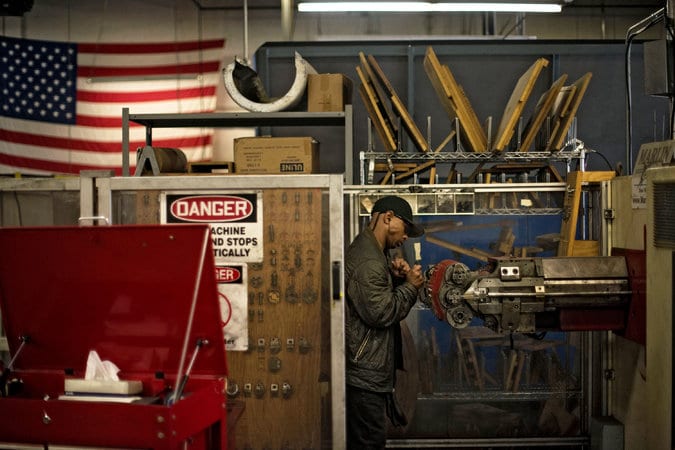
James Branch works as a skilled machine operator at Marlin, which makes specialized baskets. Credit Gabriella Demczuk for The New York Times
While they may not rival the scale of 1950s assembly lines, these smaller craft-type producers hold out hope for cities, Mr. Paul said, particularly as some companies look to move jobs back from overseas to be closer to customers and more nimble to supply customized, small-batch orders.
What is more, these jobs pay people more. According to the Bureau of Labor Statistics, manufacturing workers typically earn just over $26 an hour. By contrast, medical orderlies and nurse’s assistants (a growing field) earn half as much. And fast food, a mainstay for Americans with a high school diploma or less, has a median hourly wage of $9.11.
For Mr. Branch, this is not abstract economics.
“This changed my life,” he said, standing next to one of the machines he operates, which can cost up to $300,000 each. “I went from minimum wage at Popeyes to making almost 70K a year. They’re proud of me in my old neighborhood. They say I made it out.”
With the rise of Donald J. Trump, much of the economic debate during the presidential campaign has centered on the anger and economics of the white working class in the Rust Belt and elsewhere. That is partly because blue-collar whites were especially hard hit by factory closures in the last decade, largely as a result of competition from China and the savage recession eight years ago.
But it was the black working class that was devastated first, by a decades-long decline in manufacturing employment.
As the sociologist William Julius Wilson has written in his classic studies, “The Truly Disadvantaged” and “When Work Disappears,” the exodus of a factory from high-cost, union-dominated cities to cheaper, less union-friendly locales in the South and West in the 1960s and 1970s played a major role in the breakdown of urban cores.
“The trends among non-college-educated, white Americans today look like a lot of the trends among black Americans in the 1970s that so worried policy makers and social scientists,” said David Autor, a professor of economics at M.I.T., who researches the connections among trade, labor, and employment. “You see it in the falling labor force participation, the decline of traditional family structure, crime, and poverty. It’s all there.”
While some cities, including Boston, Chicago, New York and Pittsburgh, have managed to rebound in recent years, Baltimore remains mired in a cycle of economic and social dysfunction. Unemployment among young black men tops 35 percent, compared with 31 percent nationally, and among large cities, Baltimore experienced the largest percentage increase in murders in the nation over the last two years.
For Marlin and its 24 employees, all of this hit close to home when riots swept the city in April 2015 after Freddie Gray, a 25-year-old black resident of West Baltimore, died in police custody. Stores were looted not far from the industrial park that’s home to Marlin. The police enforced a nightly curfew.
One Marlin employee, Joshua Wallace, an Iraq War veteran who serves in the National Guard, was called to duty and had to patrol the streets instead of manning the computerized cutting machine. The factory’s night shift, which runs seven days a week, was shut down because Marlin’s workers couldn’t come or go after dark.
“I didn’t want my guys to get shot,” said Drew Greenblatt, Marlin’s owner.
In addition to uniquely local challenges like these, Marlin — along with plenty of other small manufacturing companies — faces a forbidding landscape simply because of its size. “I’m not Under Armour. I can’t get concessions,” Mr. Greenblatt said, referring to how the giant sports clothing company will benefit from hundreds of millions of dollars in tax breaks and other subsidies as part of a plan to build a new headquarters here.
At the same time, he does not possess squads of accountants and lawyers or foreign subsidiaries that can be used to lower Marlin’s tax payments — strategies most Fortune 500 companies use to cut their taxes far below the official rate.
Then there is the soaring cost of health insurance and other benefits, which Marlin provides, unlike many other low-wage service employers. Factory jobs tend to come with benefits — 92 percent of manufacturing employees have access to employer-sponsored health care plans compared with 79 percent of workers overall.
Health care coverage for Marlin’s two dozen workers costs nearly $100,000 annually, up from about $45,000 five years ago, or about the cost of two additional employees. “It’s unbelievable how much is out of my control,” Mr. Greenblatt said. “It’s mind-boggling how many obstacles there are in our way. But these people are depending on me.”
Evolving to Survive
Marlin Steel is nearly a half-century old, but today it bears little resemblance to what Mr. Greenblatt found when he bought the company in 1998. “It was right out of a Charles Dickens novel,” Mr. Greenblatt said, describing Marlin’s old factory, then in the Red Hook section of Brooklyn. “Everything was done by hand, but there were guys missing eyes and fingers. It was dangerous, and health care coverage meant going to the emergency room.”
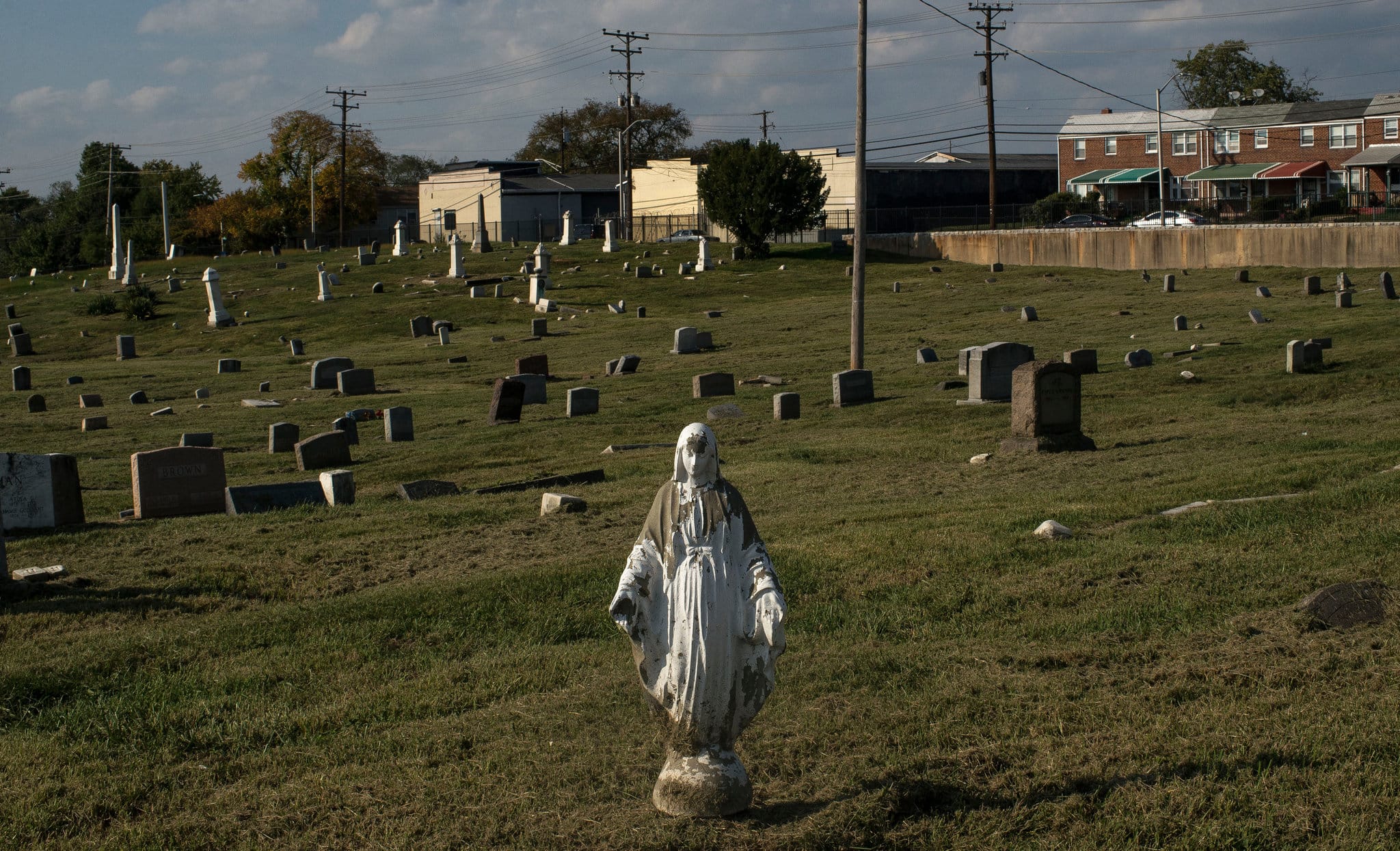
A cemetery in Westport, near an industrial park that is home to Marlin Steel. Credit Gabriella Demczuk for The New York Times
For the first three decades of Marlin’s existence, the company almost exclusively made simple, sturdy, welded-wire bagel baskets. As the Jewish breakfast staple exploded in popularity outside the Northeast, Marlin prospered along with it.
But by the early 2000s, the bagel craze was fading, and the popularity of the Atkins diet and carb-phobia started hurting bagel sales. China’s entry into the World Trade Organization in 2001 presented traditional manufacturers — and what is more old-school than bagel baskets? — with an existential threat.
Chinese versions of Marlin’s products were selling for $6 each, or less than what the steel alone cost in Marlin’s baskets. The other $5 that Marlin charged, to cover salaries, taxes, equipment and a sliver of profit, was now just red ink.
Mr. Greenblatt did what organisms threatened with extinction have always done to survive: He evolved.
He moved the factory to Baltimore in 1999, with eight of his Brooklyn employees following him, including one who is still working on the floor. Then he began going after what economists call value-added goods, products that were more specialized and sophisticated what that the Chinese were making, and therefore able to command higher prices.
But producing baskets with very specific requirements, or tolerances, as they are known, for automakers or aerospace giants could not be achieved by hand. “If a bagel falls out the bottom, that’s 10 cents,” Mr. Greenblatt said. “A single airplane part can cost thousands of dollars, so there’s no room for error.”
Over the course of a decade, he invested in robots that churned out baskets almost a hundred times as fast as human beings. He trained his workers to operate the robots, which can cost hundreds of thousands of dollars each, and hired engineers to help design ever-more-sophisticated products to win customers and stay ahead of overseas rivals.
“In Brooklyn, eight fellows could do 300 bends an hour,” Mr. Greenblatt recalled. “Now two guys running robots can do 25,000 bends per hour.”
Today, in fact, many of Marlin’s robot-made baskets are designed specifically to be handled by other robots.
Automation did not mean the elimination of jobs — in fact, it saved the company. But it does mean producing many more baskets with only a few more workers. So, while Marlin’s revenue has grown to over $5 million today, from $800,000 when Mr. Greenblatt arrived, the company’s workforce has increased by just a third, to 24 people from 18 people.
Marlin’s comeback isn’t exactly a secret. In 2012, the Treasury secretary, Timothy F. Geithner, visited the plant. Mr. Greenblatt is a well-known booster in industry circles.
Less publicized is how the company’s survival has transformed the lives of its workers, even as the Westport neighborhood around the factory, and other poor sections of Baltimore, remain deeply scarred. “Some are dead, some are locked up,” said Edward Derrill, 23, of the guys he grew up with in West Baltimore. “I didn’t want to end up like that.”
With an associate’s degree in computer science from Morgan State University, a historically black college in Baltimore, workers like Mr. Derrill can earn at least $50,000 a year. Besides health insurance, they also have access to a 401(k) plan and two weeks’ paid vacation, a rarity at many local employers.
“You can work your way up and get raises,” he said. Mr. Derrill hopes to become a team leader soon, supervising other workers. Marlin also pays for its employees to go back to school and get degrees in related subjects like engineering, giving workers who never had a chance to attend college additional options.
Nationwide and for men in particular, whether black or white, the erosion of manufacturing work has been especially devastating.
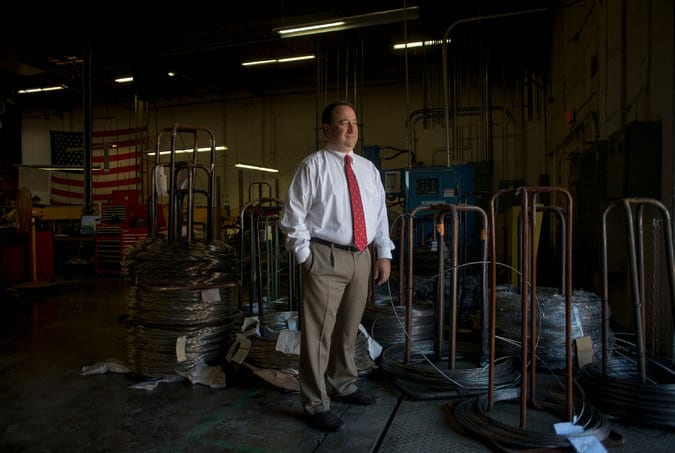
Drew Greenblatt, the owner of Marlin Steel, said, “This isn’t theoretical. Manufacturing bootstraps people out of poverty.” Credit Gabriella Demczuk for The New York Times
In the 1950s, says Lawrence Katz, a prominent labor economist at Harvard, nearly one-third of the men who went to work after high school were employed in a factory. Those jobs and that era are never coming back, Mr. Katz said, “but a job as a physical therapist or a home health aide doesn’t fit the identity of someone who is a welder or a machinist.”
And while not all the workers at Marlin are men — the split is about 80-20 — for many blue-collar men there and elsewhere, the idea of working with one’s hands and building things is closely connected to finding a purpose in life, and in the workplace. “I call it an identity mismatch, and I think it’s a huge issue for men,” Mr. Katz said. “Pure physical labor isn’t much valued today, but we need to try and rebuild the service sector for men without college degrees.”
Brent Fox, 34, served with the Marine Corps in Iraq and is now the weekend shift supervisor at Marlin, a position that can pay well over $50,000 a year. While the money is a draw, Mr. Fox also said working in a service-type role doesn’t appeal to him.
“‘You want fries with that?’ No way,” he said. “I like being able to take raw material and make it into something. There’s pride in making things — you don’t get that in a lot of service jobs.”
New employers have appeared in Baltimore, including an Amazon warehouse that employs more than 3,000. But with hourly wages of over $15 an hour, that is still less than what most Marlin workers earn.
“This isn’t theoretical,” Mr. Greenblatt said, shouting over the din of metal pounding on metal. “Manufacturing bootstraps people out of poverty.”
‘Honest, Hard Work’
Up Annapolis Road from the small industrial park that the Marlin factory calls home, in the Westport neighborhood, the deindustrialization of urban America wreaked havoc. Derelict rowhouses line the streets, with rotting stoops and garbage-filled yards. Only 6 percent of residents have college degrees, and more than a quarter do not have a high school diploma.
“Try to get a job,” said John Brooks, who has lived in Westport for most of his 63 years. “They won’t hire people from here.”
Ticking off Baltimore employers of yesteryear — like Bethlehem Steel, and Carr Lowrey, a glassmaker that shut its doors in 2003 after 114 years down by the Patapsco River — Mr. Brooks shook his head.
“McDonald’s, you might not even get that,” he said. “There used to be plenty of factories here. You didn’t even need a high school diploma to work at Bethlehem Steel.”
Once upon a time, Mr. Branch, the Marlin machine operator, also lacked a high school diploma. He earned one through an equivalency test and later helped other prisoners earn their G.E.D.s during his time inside.
After Popeyes and his course at the Magna Baltimore Technical Training Center, Mr. Branch landed a job at Crown Cork & Seal in a suburb of Baltimore. “I don’t know if anyone else would have taken a chance on me,” he said.
In the autumn of 2015, after 123 years of making cans in Baltimore, Crown Cork & Seal shut down the plant where Mr. Branch worked. But he was determined to find another manufacturing position and not go back to the streets.
“The worst feeling in the world was watching my kids get up and leave after they visited me in prison,” he recalled. “I promised them I wouldn’t put them through that again.”
Mr. Greenblatt had worked with Magna, and when a headhunter steered Mr. Branch to Marlin Steel, it was a natural fit. “I like being creative,” Mr. Branch said, as he entered figures that would determine the diameter and angles of the parts that his machine produces.
“God gave me a lot of blessings,” he said. “When you lived that life on the corner, you never knew which day would be your last. Now I can come home, sit on my couch, look at my big-screen TV and appreciate it because it came from honest, hard work. That’s a great feeling, and nothing can take that away.”
SOURCE: NYT

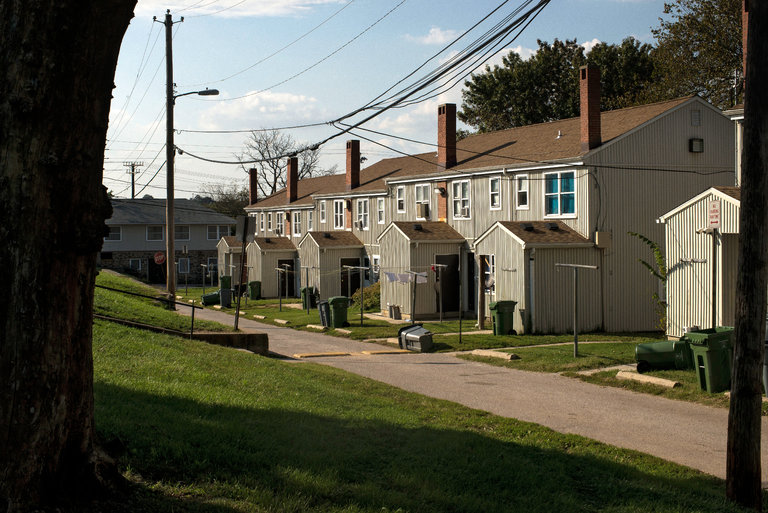
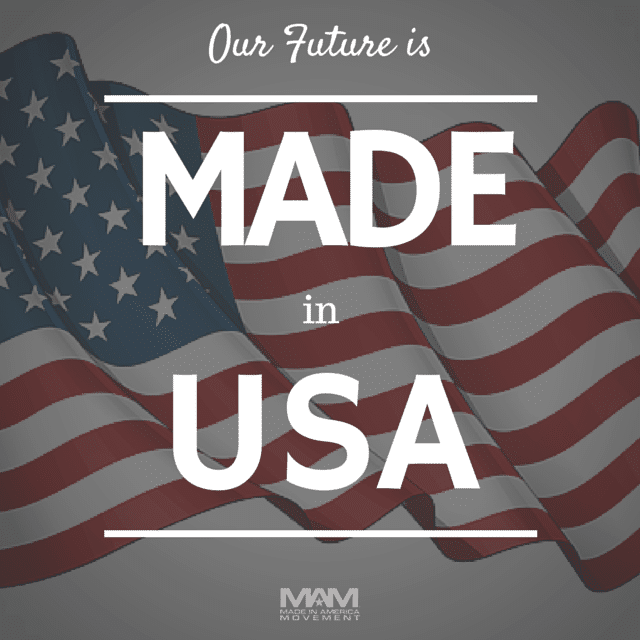
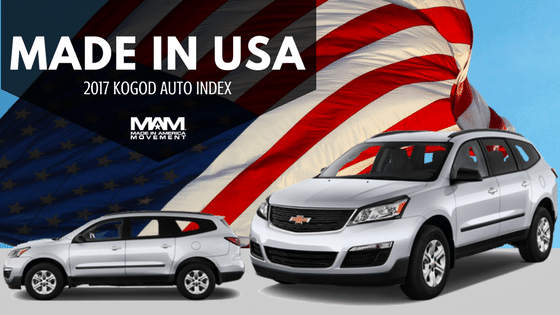
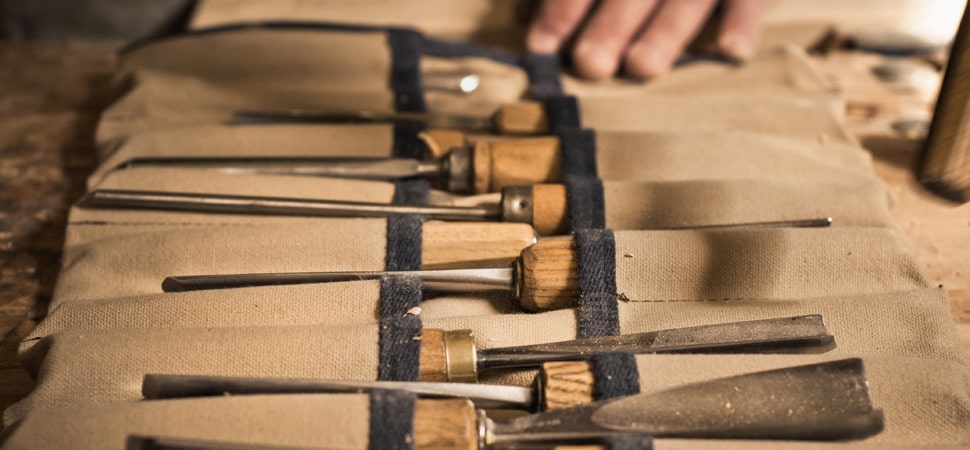

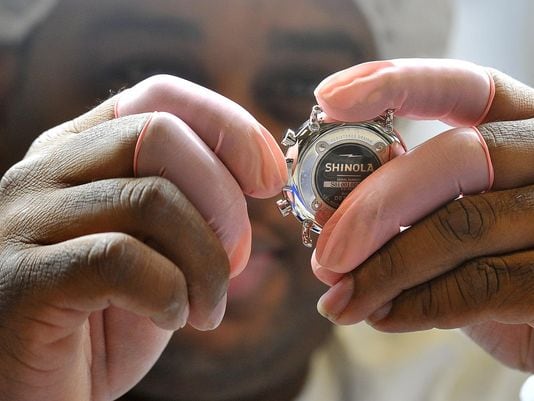
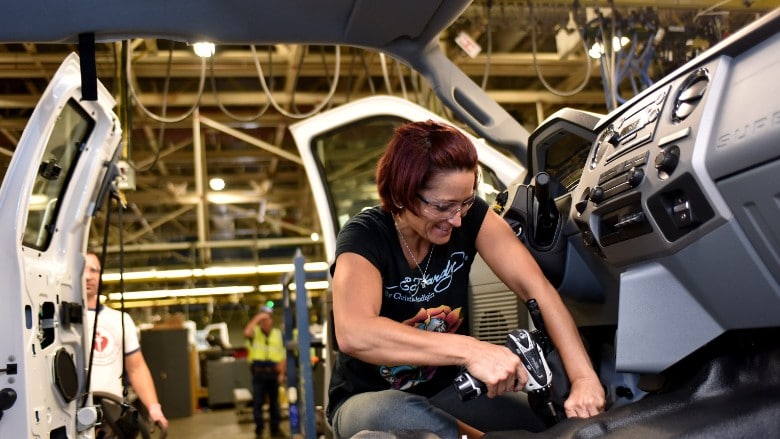



Leave a Reply
Want to join the discussion?Feel free to contribute!